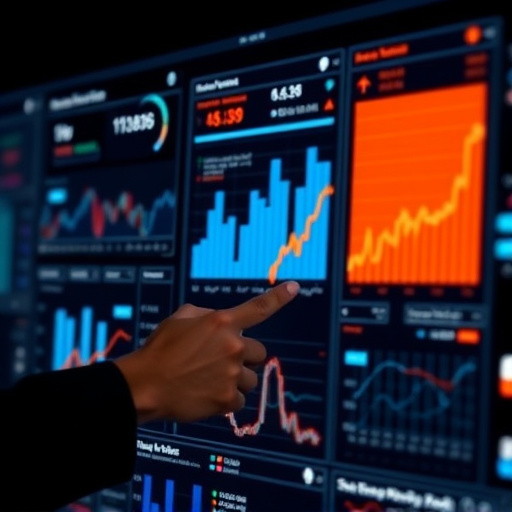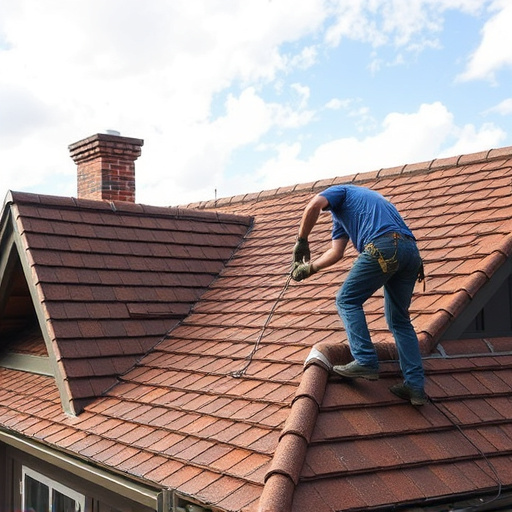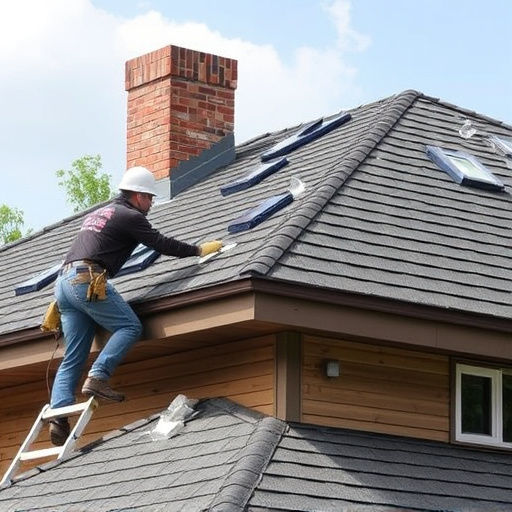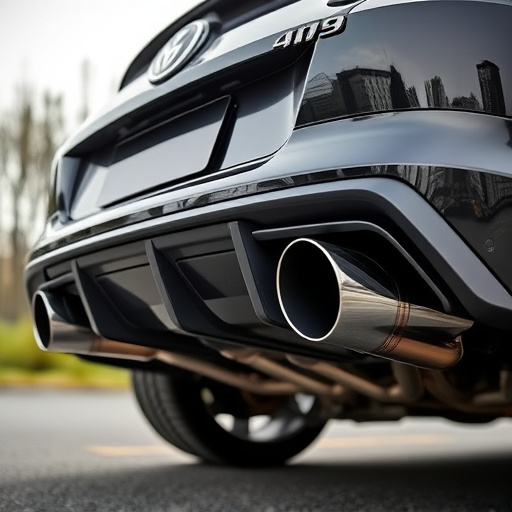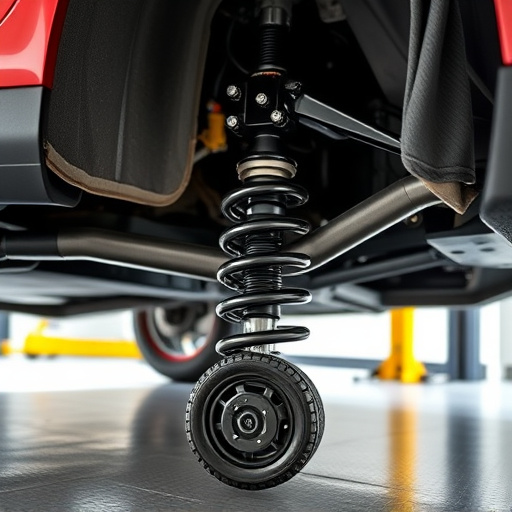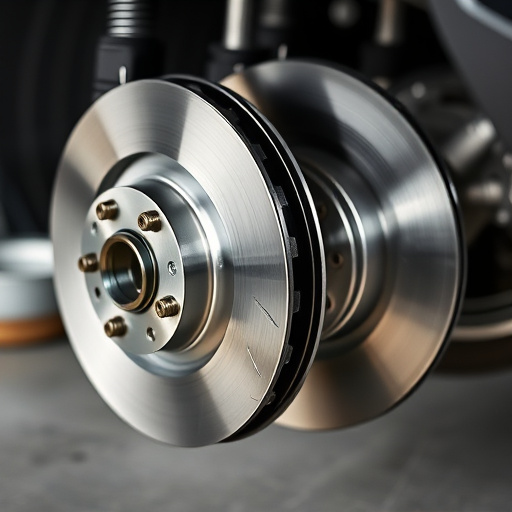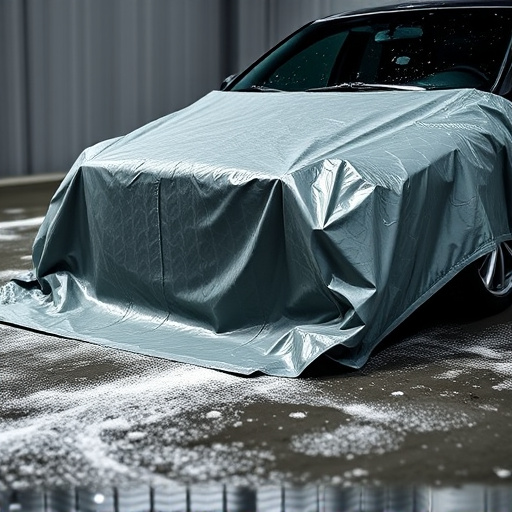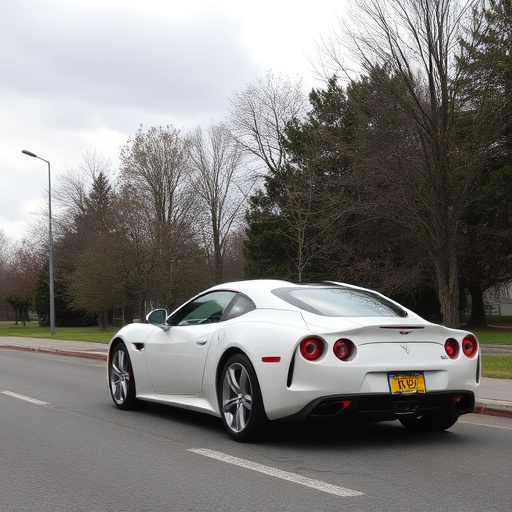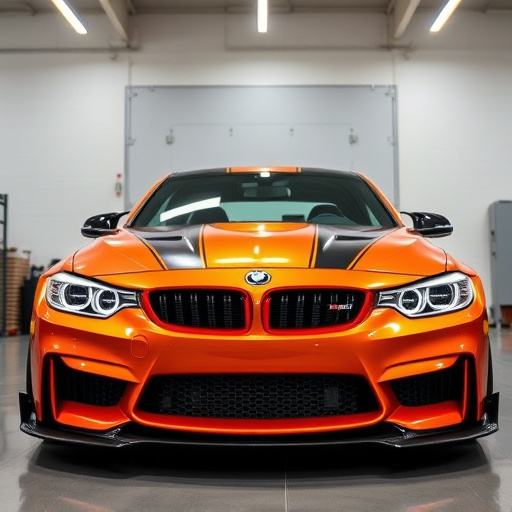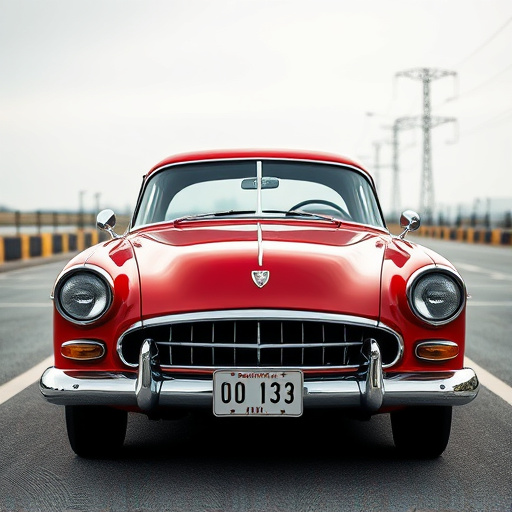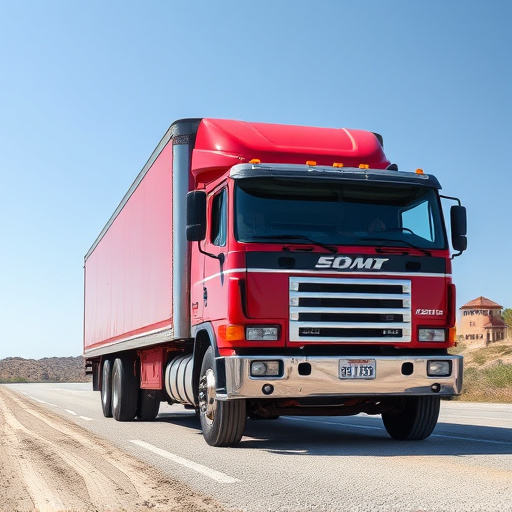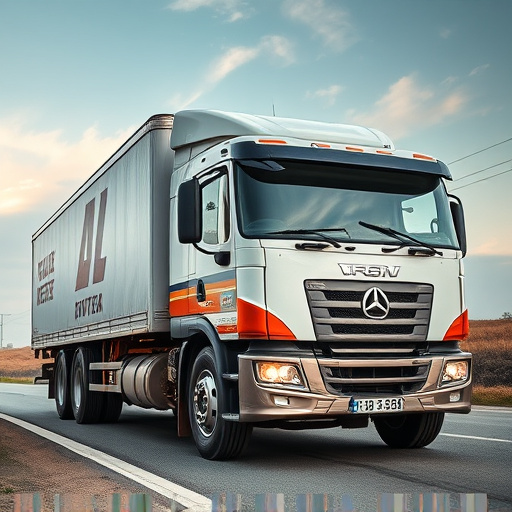Technological advancements, including advanced printing, cutting tools, paint protection film (PPF), and AI/AR integrations, are driving the 2025 trend for full vehicle wraps. These innovations enable intricate, personalized graphics, superior protection against damage, and interactive design processes, making full vehicle wraps a game-changer in automotive aesthetics that combines visual appeal with durability.
In 2025, the world of full vehicle wraps is poised for a transformative year, driven by cutting-edge technologies and evolving environmental consciousness. Digital printing and advanced cutting technologies are enabling intricate, eye-catching designs that were once unimaginable. Artificial intelligence (AI) and augmented reality (AR) are streamlining design and installation processes, offering unprecedented creative possibilities.
Sustainability is also at the forefront, with a growing trend towards biodegradable and recyclable materials, including UV protective coatings that safeguard vehicles while minimizing environmental impact. Prepare to be inspired by bold color schemes, cultural fusion, and interactive AR elements redefining the full vehicle wrap landscape in 2025.
- Technological Advancements and Full Vehicle Wraps
- – Discuss the role of digital printing and cutting technologies in creating intricate designs
- – Explore the impact of AI and AR on wrap design and installation processes
Technological Advancements and Full Vehicle Wraps
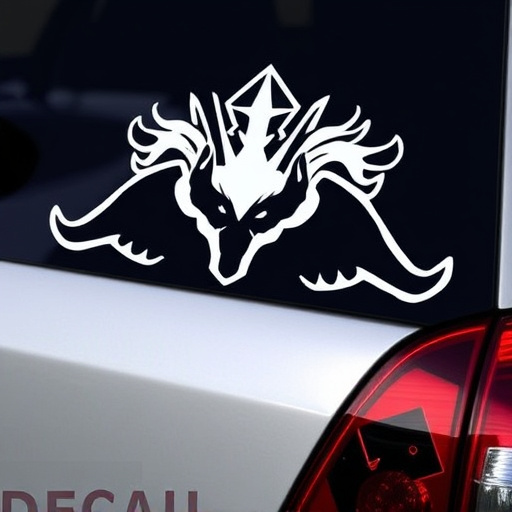
Technological advancements are revolutionizing the world of full vehicle wraps, pushing the boundaries of what’s possible in automotive detailing. With innovations like advanced printing technologies and precision cutting tools, creating custom graphics that once required intricate handiwork can now be accomplished with remarkable speed and accuracy. This not only enhances visual appeal but also allows for more complex designs and personalized themes.
Additionally, the integration of paint protection film (PPF) into full vehicle wraps is growing in popularity. PPF offers an extra layer of safeguard against scratches, chips, and other forms of damage, prolonging the life of the wrap and preserving the original look of the vehicle. This dual benefit—breathtaking custom graphics and superior protection—is poised to be a game-changer in 2025, making full vehicle wraps a top trend in automotive aesthetics.
– Discuss the role of digital printing and cutting technologies in creating intricate designs
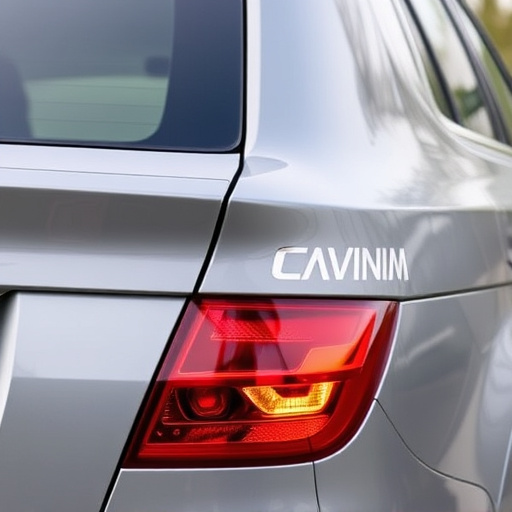
The future of full vehicle wraps in 2025 is closely tied to advancements in digital printing and cutting technologies. These innovations have revolutionized the way intricate and eye-catching designs are brought to life on vehicles, elevating the art of vehicle wraps to new heights. With digital printing, professionals can now achieve stunning detail and accuracy, allowing for complex patterns, vibrant colors, and even high-resolution images to be replicated perfectly on a car’s surface.
Furthermore, cutting-edge heat rejection and ceramic coating technologies complement these printing advancements. Heat rejection films not only enhance a vehicle’s aesthetic appeal but also provide functional benefits by keeping the interior cool. Ceramic coatings, known for their durability and protective properties, offer an extra layer of defense against environmental factors, ensuring that intricate wraps remain pristine over time. These combined technologies ensure that full vehicle wraps in 2025 will be not only visually stunning but also practical and long-lasting.
– Explore the impact of AI and AR on wrap design and installation processes
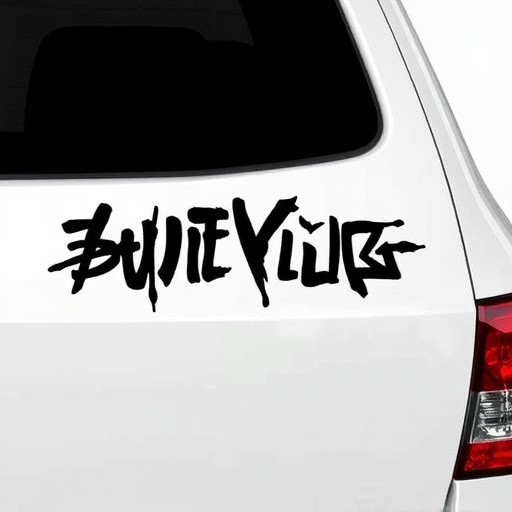
The year 2025 promises exciting advancements for the full vehicle wrap industry, with Artificial Intelligence (AI) and Augmented Reality (AR) taking center stage in shaping design and installation processes. AI-powered tools can analyze vast databases of color palettes, textures, and design trends to generate unique and personalized wraps, catering to diverse customer preferences. These algorithms can also predict popular styles based on regional trends and cultural influences, ensuring that vehicle wraps remain dynamic and relevant.
Moreover, AR technology offers a transformative experience for both designers and customers. With AR applications, clients can visualize custom graphics on their vehicles in real-time, making the design process more interactive and engaging. This technology also aids in precise installation, as it overlays digital templates onto the vehicle’s surface, guiding installers and ensuring high-quality finishes and meticulous detail work, ultimately providing enhanced vehicle protection.
As we move into 2025, the future of full vehicle wraps looks bright with technological advancements playing a pivotal role. Digital printing and cutting technologies continue to refine intricate designs, while AI and AR revolutionize both creative processes and installation methods. These innovations not only enhance visual appeal but also streamline efficiency, making full vehicle wraps more accessible and dynamic than ever before. Embrace these trends to stay ahead in the automotive customization game.
